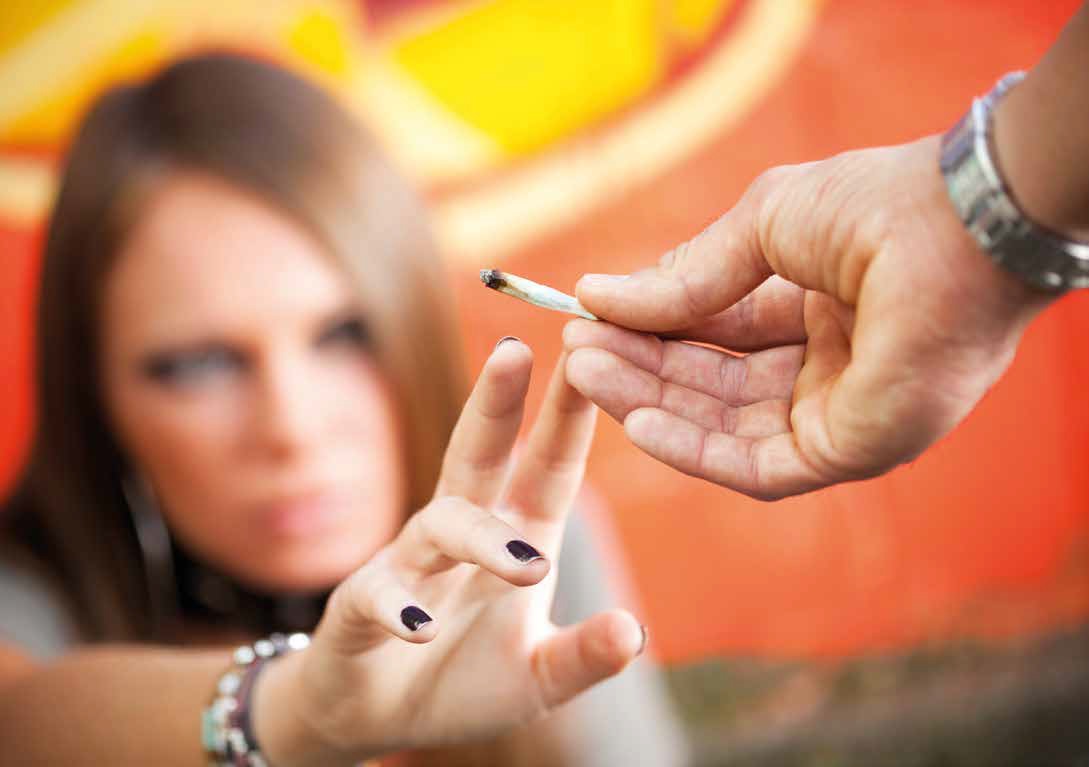In 2012 a new requirement was issued for national statistical agencies within the EU to include certain categories of illicit economic activity within the definition of national income for the National Accounts. The extension covered mainly prostitution and illegal drugs, and was implemented in the UK with the publication of initial estimates in the National Accounts by the Office for National Statistics (ONS) in September 2014 (1). The inclusion of drugs and prostitution added £10bn (0.7%) to measured UK GDP in 2009 and attracted a great deal of attention, in part because it coincided with revisions of past National Accounts data that triggered a controversial rise in the UK contribution to the EU budget (2). But is it a good idea to include illegal markets in the GDP estimates? Can it be done with sufficient accuracy to make it worthwhile? And what do the calculations tell us about the changing nature of the illegal drugs market in the UK? A recent ISER review of ONS methodology by Mark Bryan, Emilia Del Bono and me, commissioned by ONS, addressed these questions.
GDP is typically described as “the value of all final goods and services produced in a country in a year”. In principle, it should clearly include products (like illicit drugs) which are produced and traded illegally. But there are many other products and services currently excluded from GDP (such as the informal services supplied by many people to their disabled friends and relatives). Where to draw the boundary for inclusion in measured GDP is largely a practical decision, depending partly on what can and cannot be measured with reasonable accuracy.
The ONS estimates were based on a demand-side view of the drugs market, using an existing benchmark estimate of the size of the market in 2003-4, updated to 2010 by reference to survey data on trends in drug use. Both parts of that procedure are subject to considerable uncertainty. The benchmark estimate, produced originally by an ISER team (3), used methods designed to overcome the under-reporting of drug use and under-representation of regular drug users in conventional surveys, and gave 2003/4 market size as £5.6bn per year – a figure which has often been quoted in the media. Sadly, the authors’ indication of a wide margin of error for that estimate (+/-£1.5bn) is almost never quoted.
Following government cutbacks in data collection over the last decade, it is now impossible to repeat the benchmark estimation procedure, and uprating the benchmark estimate to more recent years introduces considerable further statistical error, since there is uncertainty in survey estimates of the recent consumption trend. Our work for the ONS shows the margin of error increasing greatly as we extrapolate from the 2003/4 benchmark estimate to 2009/10. For example, in the case of cannabis, the error margin triples from +/-13% to +/-39% and the situation is far worse for more uncommon drugs like cocaine, where the error margin rises from +/-16% to +/-44%. Given this uncertainty in measuring the size of the market in one year, estimates of year-to-year change are so uncertain as to be virtually meaningless.
Where does this leave us? It is hard to escape the conclusion that the new illicit activity element of the national accounts is of little practical value, and that its inclusion will only succeed in increasing slightly the statistical “noise” in official GDP growth figures. These new official estimates for the illegal drugs market feed into the official gross national income estimates which, in turn, are used to calculate Britain’s contribution to the EU budget. This aspect of the new national accounting standard looks a big mistake – it seems unwise to have such contentious financial rules being based on concepts that cannot be measured with acceptable accuracy.
2 “European Union to demand extra £1.7 billion from Britain, payable days after Rochester by-election”, Huffington Post UK, 23 October 2014.
3 Pudney, S. E., Badillo, C., Bryan, M., Burton, J., Conti, G. and Iacovou, I. (2006) Estimating the size of the UK illicit drug market. In Singleton, N., Murray, R. and Tinsley, L., Measuring Different Aspects of Problem Drug Use: Methodological Developments (2nd edition), pp. 46-88 and 99-120. London: Home Office Online Report 16/06.
